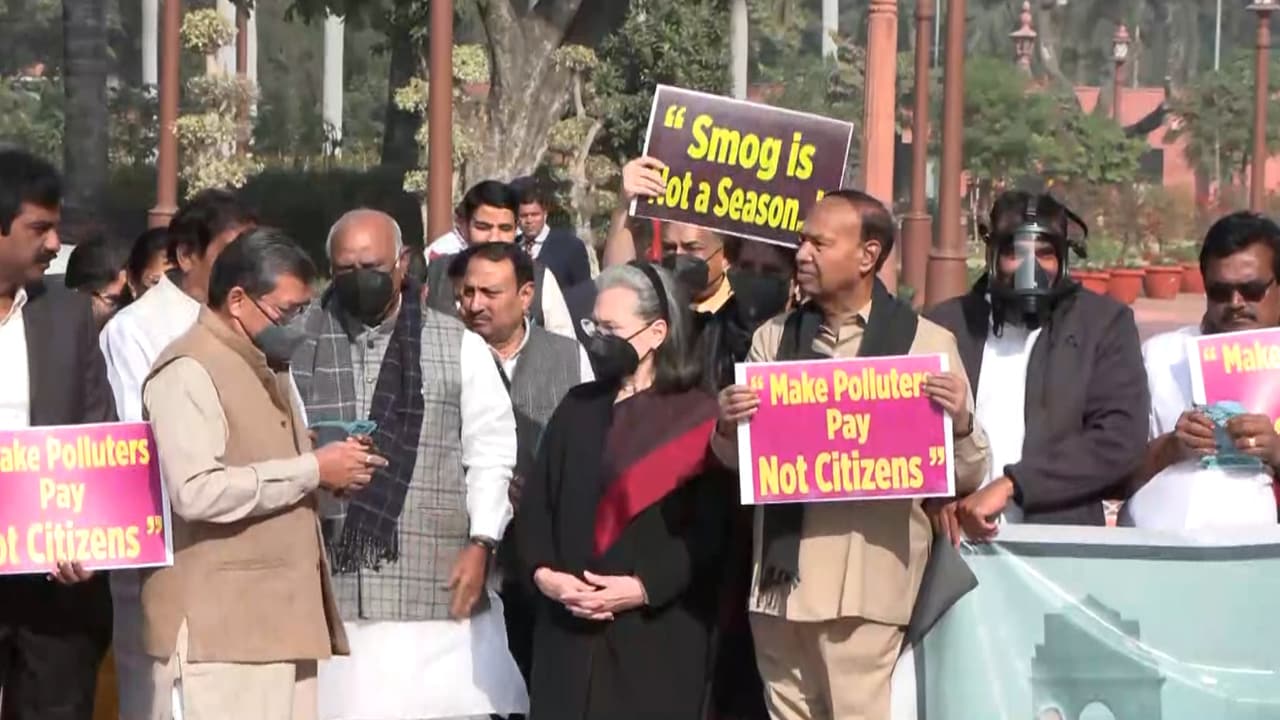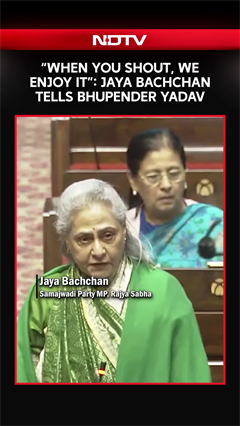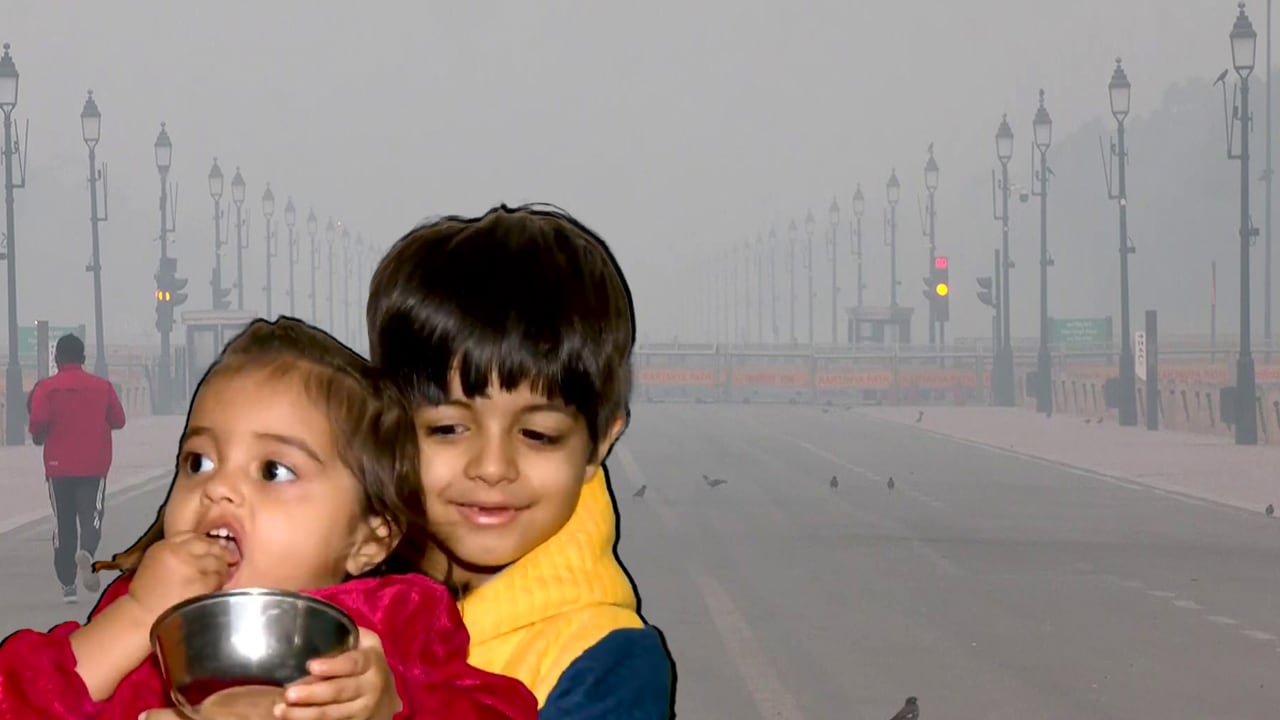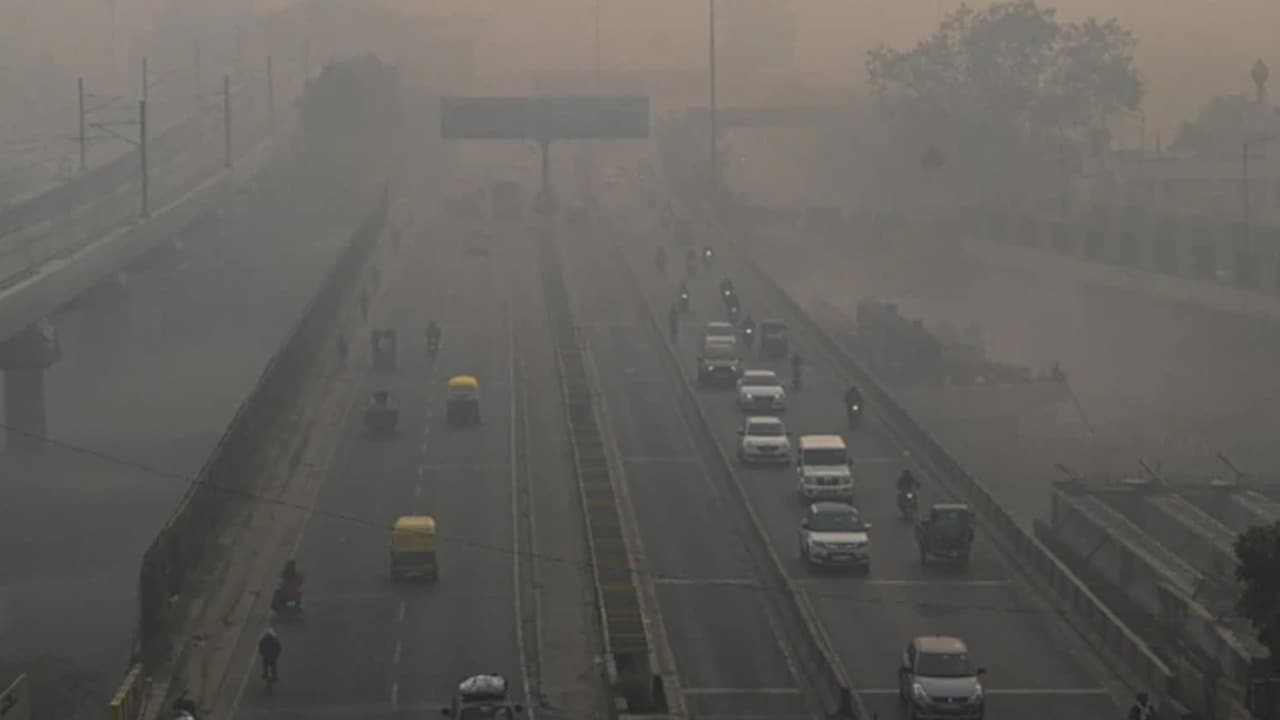- Home/
- Delhi Wakes Up To Toxic Layer Of Smog, Air Quality In 'Very Poor' Category
Delhi Wakes Up To Toxic Layer Of Smog, Air Quality In 'Very Poor' Category

Delhi woke up on Friday to a thick layer of toxic smog, as the air quality in the national capital showed no improvement, with the Air Quality Index (AQI) standing at 397, categorised as 'very poor' at 8 am on Friday. The AQI at 7 am was 399, only a point less than touching the 'severe' category mark.
Yesterday, the AQI recorded in the national capital at 4 pm was 404, categorised as 'severe' air quality.
According to the data of the Central Pollution Control Borad (CPCB), several monitoring stations in the national capital recorded an AQI above than the mark of 400 on Friday.
Ashok Vihar recorded an AQI of 419, Bawana 440, Burari Crossing 412, CRRI Mathura Road 403, Chandani Chowk 442, Dwarka Sector-8 413, ITO 428, Jahangirpuri 421, JLN Stadium 408, Mundka 433, Najafgarh 402, Narela 405, Patparganj 412, Punjabi Bagh 413, RK Puram 416, Rohini 430, Siri Fort 419, Sonia Vihar 417, Vivek Vihar 427 and Wazirpur 444.
The monitoring station at Alipur recorded the AQI of 396, Aya Nagar 385, IGI Airport (T3) 367, Lodhi Road 302, Mandir Marg 395, Okhla Phase-2 398, Shadipur 362 and Sri Aurobindo Marg 392 - all categorised as 'very poor'.
Only two stations reported 'poor' air quality as the AQI recorded at DTU-Delhi was 266, and IHBAS Dilshad Garden was 287.
With air quality in the national capital deteriorating sharply, the Commission for Air Quality Management (CAQM) has already invoked Stage III curbs under GRAP across the entire National Capital Region, categorising Delhi's air as the 'severe' category.
The Supreme Court directed the governments of Punjab and Haryana to file a status report on the measures taken to curb stubble burning, which contributes to the air pollution crisis in the Delhi-NCR region.
A bench of Chief Justice of India BR Gavai and Justice K Vinod Chandran ordered, "We direct the state of Punjab and Haryana to file a report on what steps are being taken to curb stubble burning."
An advocate in the case told the bench that while the Commission for Air Quality Management (CQAM) has implemented the Graded Response Action Plan (GRAP) GRAP-III, the situation demanded the implementation of GRAP-IV instead.
GRAP-III entails strict air pollution control measures for "severe" air quality, primarily involving a ban on most non-essential construction and demolition activities, restrictions on certain vehicles (BS-III petrol and BS-IV diesel four-wheelers), and a shift to hybrid or online learning for younger students (up to Class 5).
The plan also restricts industrial activity at non-clean fuel facilities and bans non-emergency diesel generator sets.
(Except for the headline, this story has not been edited by NDTV staff and is published from a syndicated feed.)
Latest Stories
- Reported by Ankita Tiwari | Friday December 05, 2025 , New Delhi
Every winter, Delhi's air turns toxic, and this year is no exception. After the monsoon, pollution levels rise, but the real crisis begins when temperatures plunge.
- Indo-Asian News Service | Friday December 05, 2025 , New Delhi
Amid continuing poor air quality in the national capital, doctors on Friday noted that air pollution can not only harm your lungs or lead to cardiac illness but can also heighten anxiety and trigger panic-like symptoms.
- Reported by Ishika Verma | Thursday December 04, 2025 , New Delhi
The Delhi government on Thursday rolled out its "toughest-ever" anti-pollution drive in the capital -- deploying mist spray technology, tightening enforcement, and warning officials of strict action.
- Asian News International | Thursday December 04, 2025
India faces a severe public health emergency as air pollution worsens across major cities. Padma awardee doctors' issue urgent advisory and here is what you need to know to stay safe.
- Press Trust of India | Thursday December 04, 2025 , New Delhi
The Delhi government is preparing an extensive plan to deploy mist spray technology to combat air pollution in the capital, Chief Minister Rekha Gupta said on Thursday.
................................ Advertisement ................................
Latest Videos
Opinion
Blog | Well Done, Delhi. You've Turned Lung Sacrifice Into A Badge Of HonourSaikat Kumar Bose
Monday November 10, 2025Till some years back, Delhiites would ask angry questions to those in power about the capitals annual tryst with toxic air. This has changed. Those in the driving seat dont see the need to answer now.
Opinion | Why Indians Have Just Given Up On Air Pollution CrisisTanushree Ganguly
Friday December 20, 2024While some may argue that people in Delhi are now more aware of air pollution than they were a decade back, my rebuttal would be that awareness does not mean that people are concerned.
Opinion | You Must Outrage Over Filthy Air More Than Once A YearJyoti Pande Lavakare
Tuesday December 10, 2024Delhi welcomed us with monsoon rains and mangos. We were home. Fast forward a couple of years, in the winter of 2012, I found myself in denial about something other parents, mostly expats, were calling toxic air.
Opinion | Delhi's Air Pollution Situation Is Like A Bad MarriageNishtha Gautam
Friday November 22, 2024On a good day, such as today, the AQI reading in Delhi is 407. We are jubilant at the sickly sunshine trickling through the slightly dissipated smog. At least its not 1600.
दिवाली... पराली... सियासी जुगाली!Ashwini kumar
Monday November 18, 2024दिल्ली-एनसीआर में प्रदूषण का समाधान तो आज तक मिला नहीं. हर साल चिंतित होकर हम-आप सांसों की तकलीफ के साथ-साथ दिल और ब्लड प्रेशर के मरीज भी क्यों बनें?


















